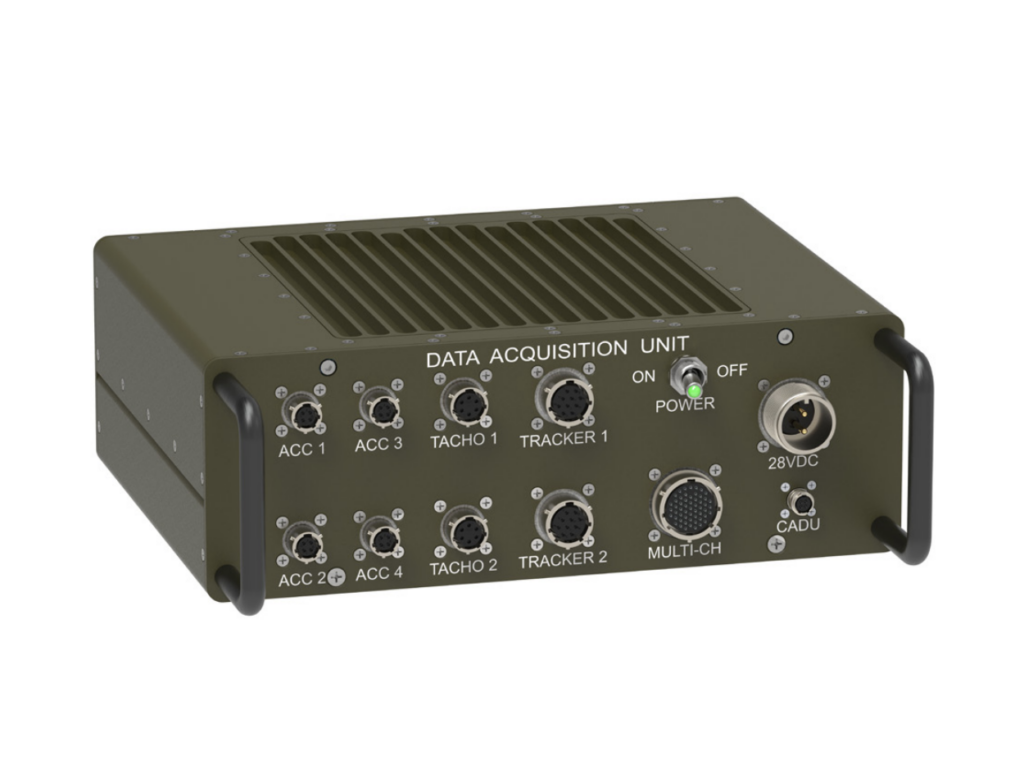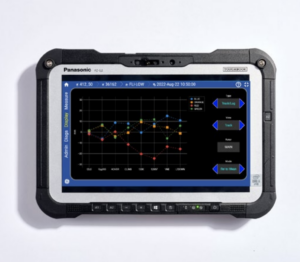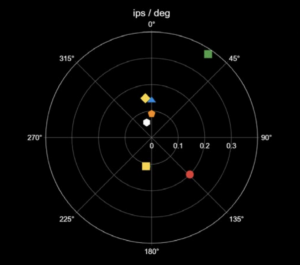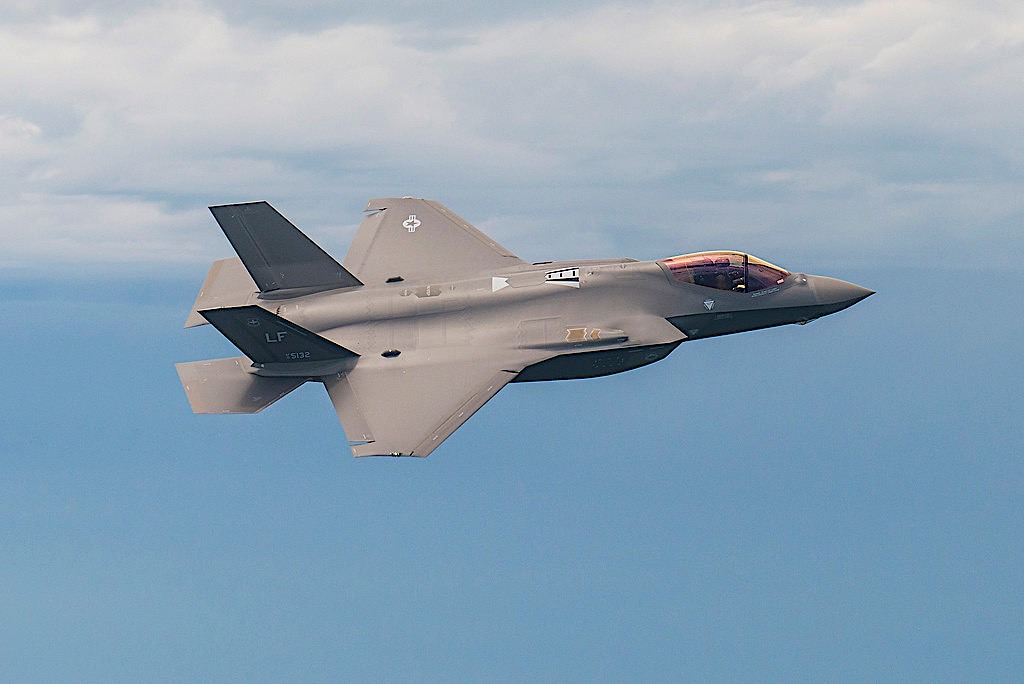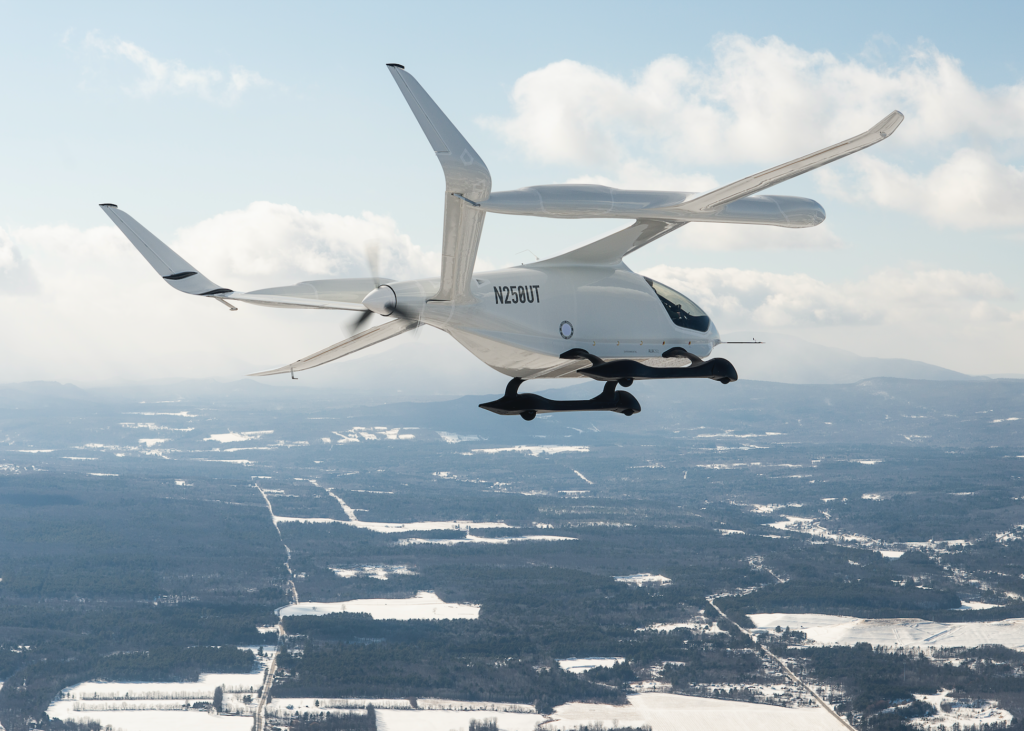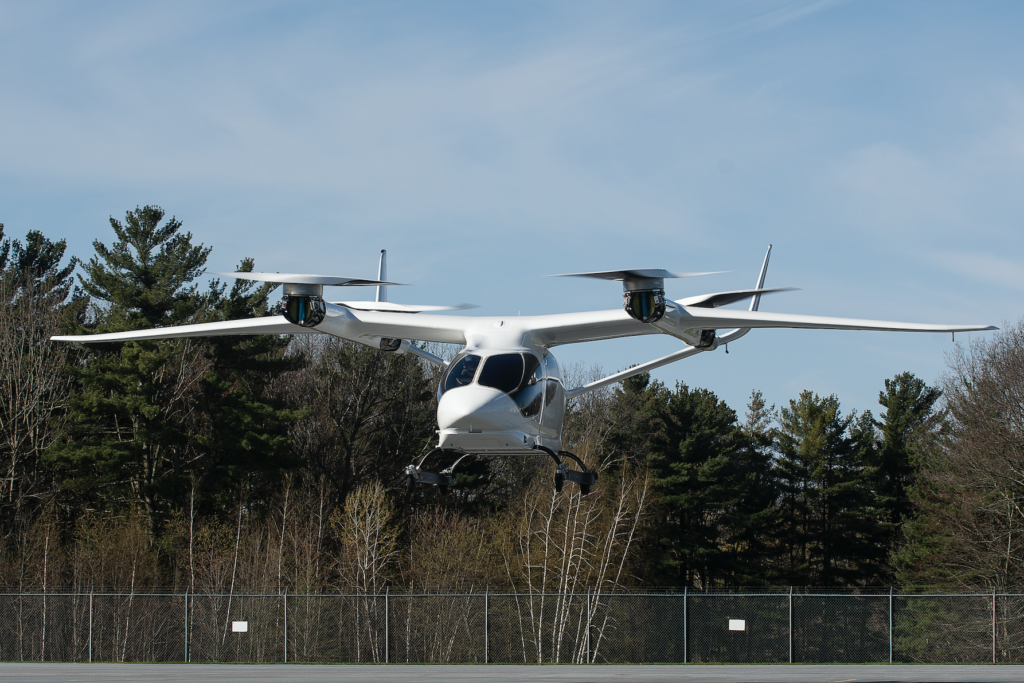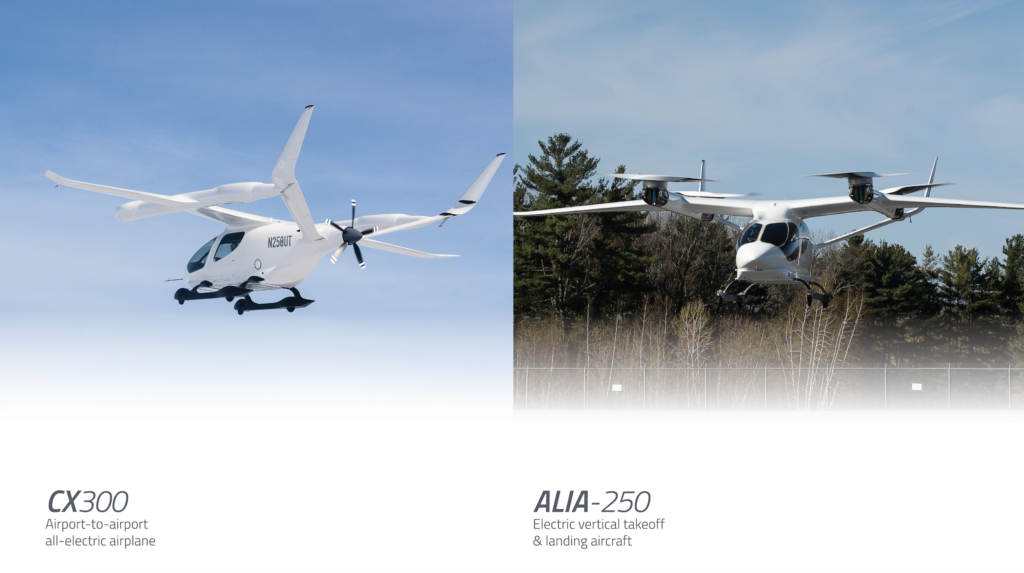Avidyne and IS&S Reveal Helix Integrated Flight Deck
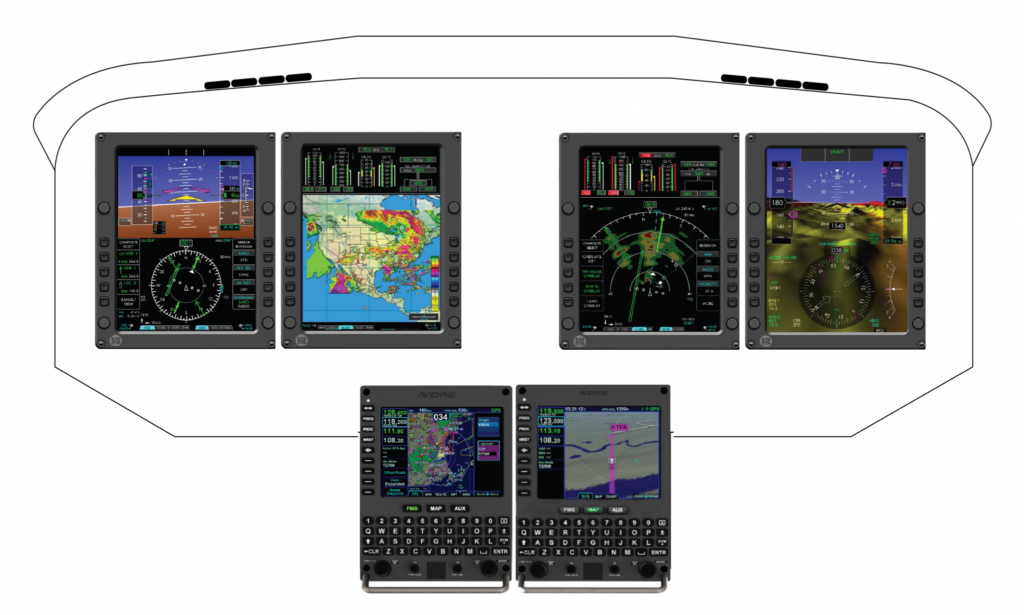

Avidyne Corporation and Innovative Solutions & Support (IS&S) announced the new Helix Integrated Flight Deck, a joint initiative that combines IS&S’s flat-panel displays with Avidyne’s Helios Flight Management Systems. (Photo: Avidyne)
Avidyne Corporation and Innovative Solutions & Support (IS&S) recently announced their brand-new Helix Integrated Flight Deck. Designed for turbine-class helicopters, this new system promises to bring more convenience and ease to helicopter operators across the industry.
Headquartered in Melbourne, Florida, Avidyne Corporation has designed and manufactured integrated avionics systems for the aviation industry for over 25 years. Avidyne mainly focuses on the development of integrated GPS and VHF navigation and communication systems.
IS&S acts as a systems integrator for the aviation industry by designing and manufacturing modernized and cost-effective flight navigation systems and instruments. Some of its products include integrated flat panel display systems, ThrustSense Autothrottle, flight management systems, and engine and fuel displays. Given the two companies’ complimentary focuses, the contributions of both to the Helix Integrated Flight Deck will allow it to bring some of the most updated technology to the flight decks of helicopters.
The Helix Integrated Flight Deck will utilize IS&S’s 10.4-inch flat-panel displays combined with Avidyne’s Helios Flight Management System, allowing significant improvements for the system’s capabilities. Some of Helix’s features, like 3D synthetic vision, electronic charts, and ADS-B weather will help pilots receive and understand flight data—all on large-format displays.
While this technology is modern compared to pre-existing systems in current air frames, Helix has applications to aircraft already in operation. As John Talmadge, Avidyne’s Vice President of Worldwide Sales, explained, “Avidyne and IS&S have put together a solution that is designed and targeted to extend the life of the large number of legacy helicopters still in operation, including the S-76C++, the Blackhawk, the AW109 and more. We are excited to be working alongside IS&S to develop Helix, which will give new life to these airframes at a cost that won’t break the bank, and that provides operators a whole host of new capabilities while dramatically improving reliability and dispatchability.”
The collaborative nature of the Helix Integrated Flight Deck extends well beyond the partnership between Avidyne and IS&S. Helicopter service company PHI MRO Services will act as a system integrator for Helix. The program will be certified initially in the S-76C++ helicopter, but PHI MRO will offer retrofits and additional support at their MRO sites across the world.

“We see the Helix system as a terrific upgrade solution for helicopter operators facing legacy avionics obsolescence issues, and who want to improve reliability and dispatchability of their fleet.” – Tom Neumann, President of PHI MRO Services (Photo: PHI MRO Services)
Tom Neumann, President of PHI MRO Services, demonstrated enthusiasm for their collaboration with Avidyne and IS&S, saying, “We are happy to have Avidyne and IS&S as avionics OEM partners for systems integration and support of their new Helix flight deck. We see the Helix system as a terrific upgrade solution for helicopter operators facing legacy avionics obsolescence issues, and who want to improve reliability and dispatchability of their fleet.”
While the Helix Flight Deck System is still pending certification, and certain details like pricing have yet to be revealed, Avidyne, IS&S and PHI MRO have shown confidence that this new system will help helicopter operators modernize their flight decks in a cost-effective manner.
The post Avidyne and IS&S Reveal Helix Integrated Flight Deck appeared first on Avionics International.
—————
Boost Internet Speed–
Free Business Hosting–
Free Email Account–
Dropcatch–
Free Secure Email–
Secure Email–
Cheap VOIP Calls–
Free Hosting–
Boost Inflight Wifi–
Premium Domains–
Free Domains






